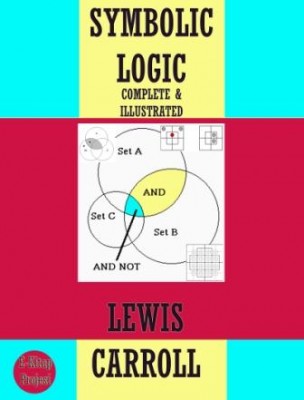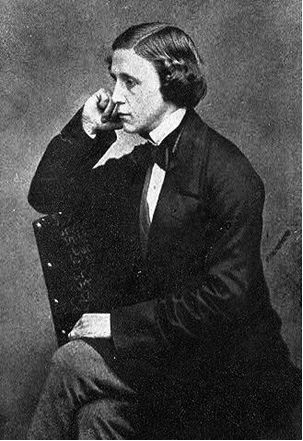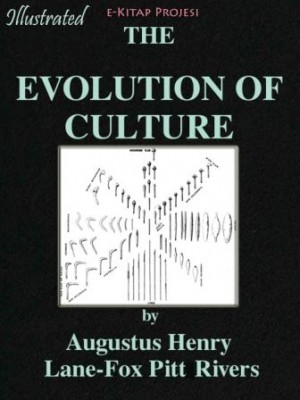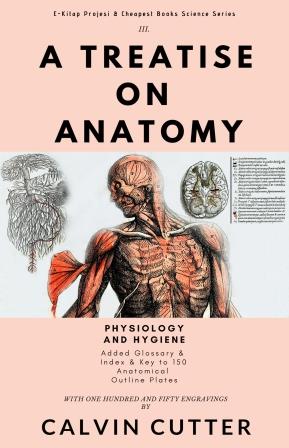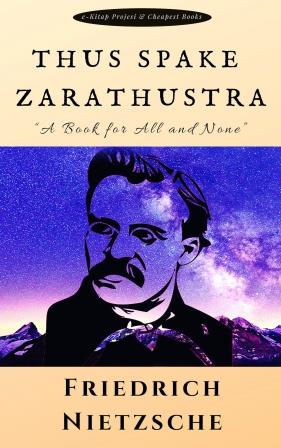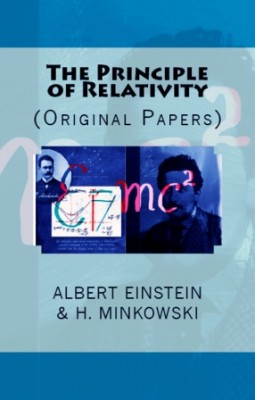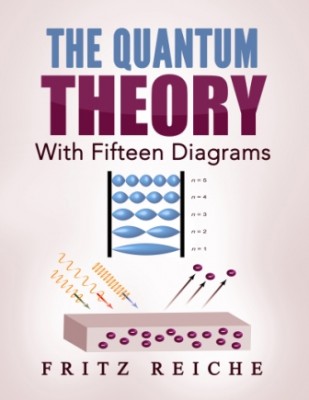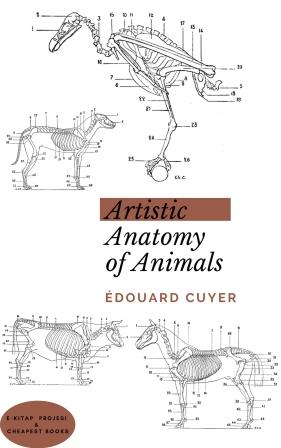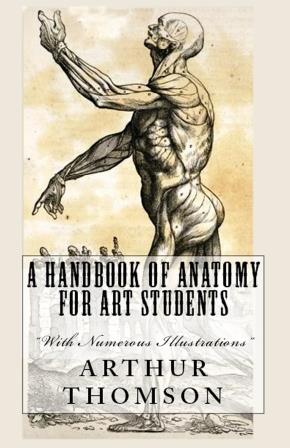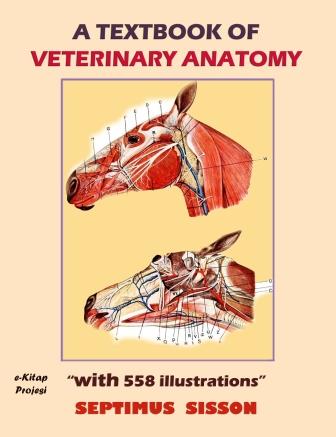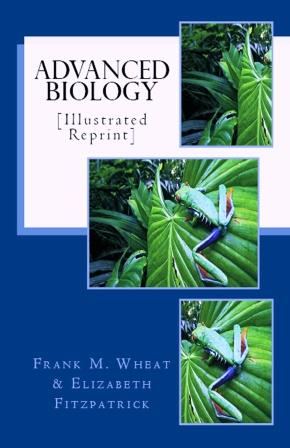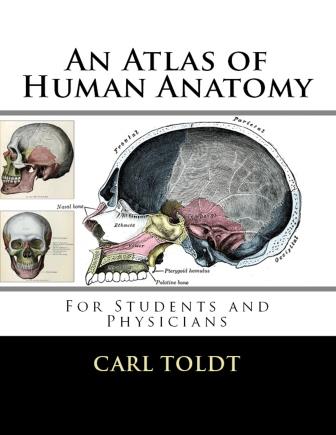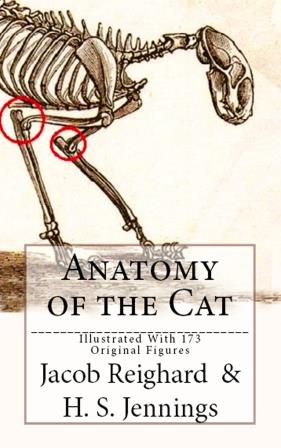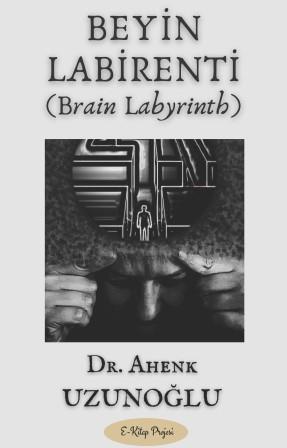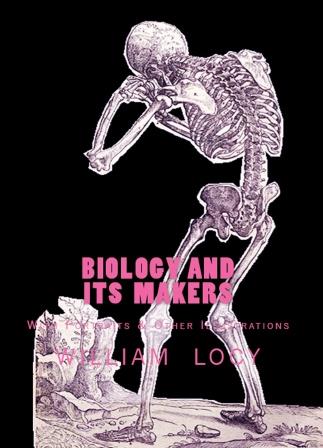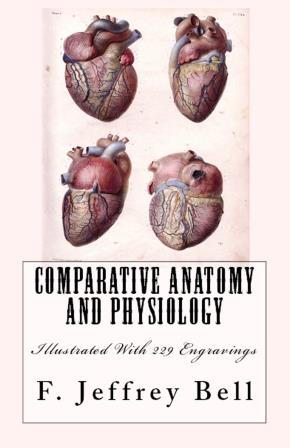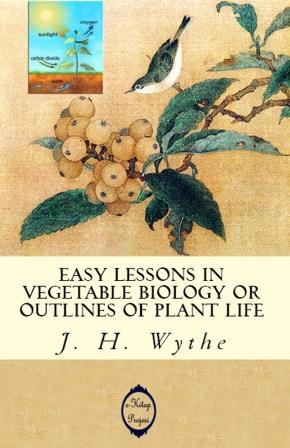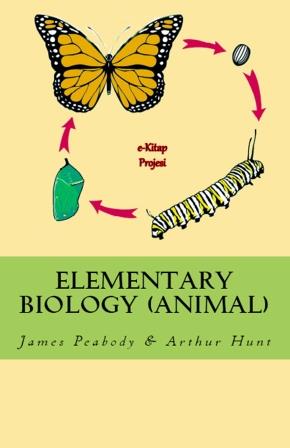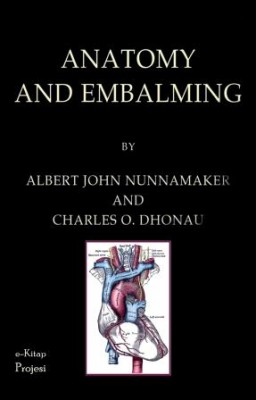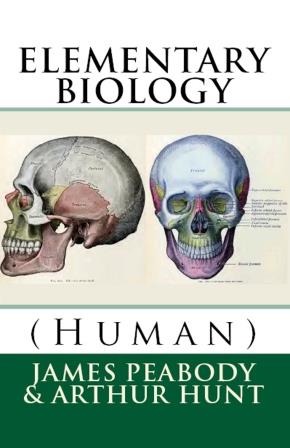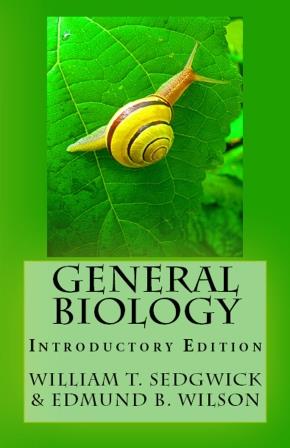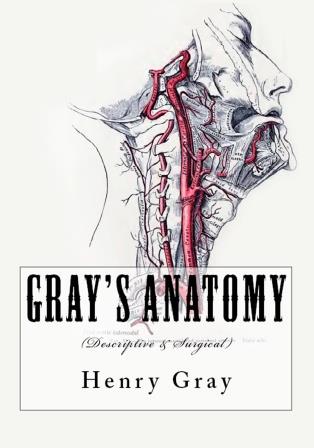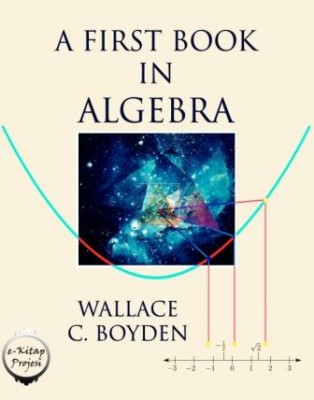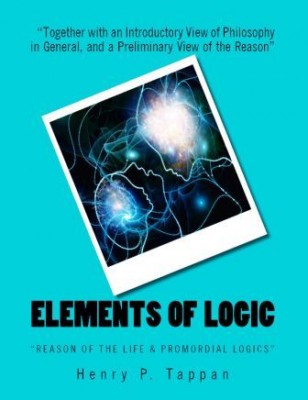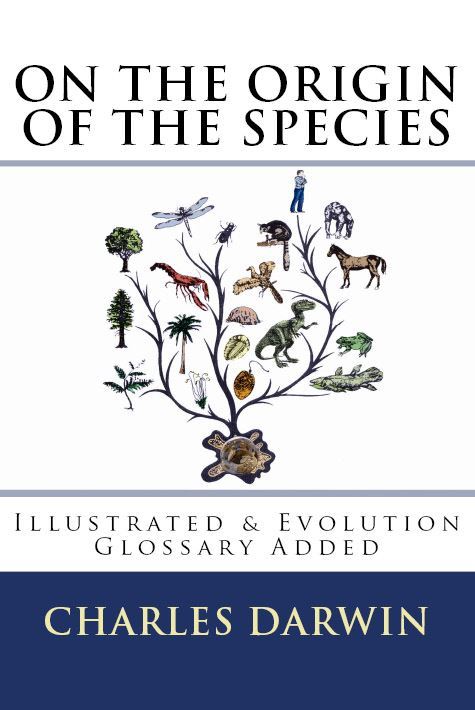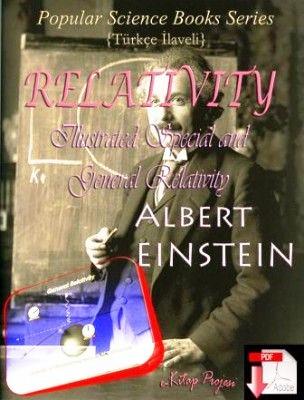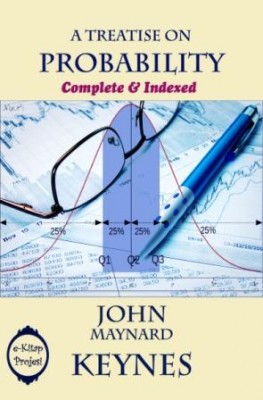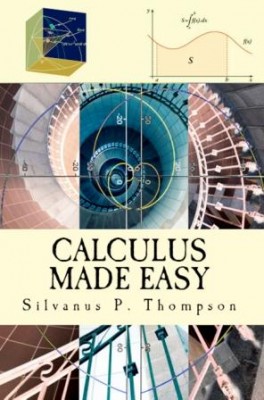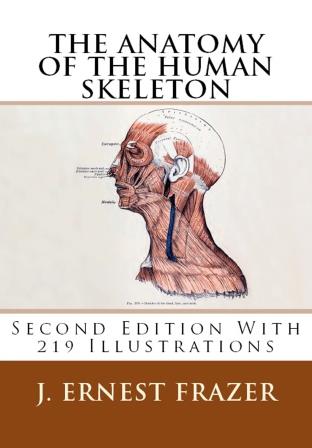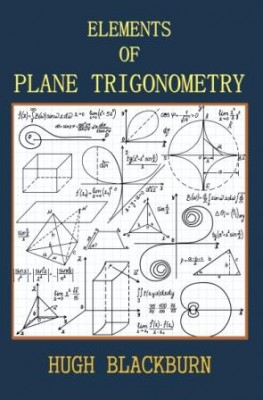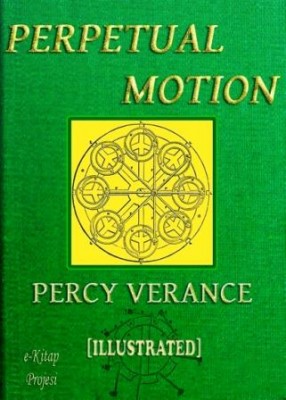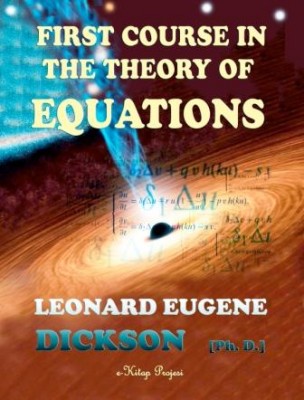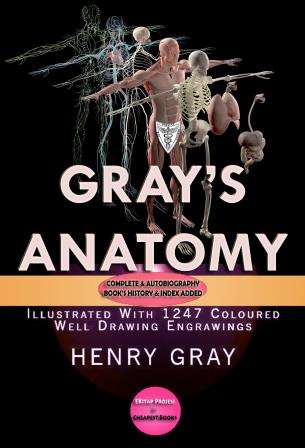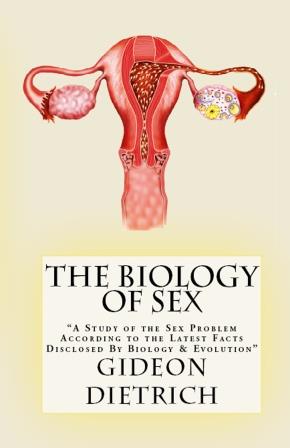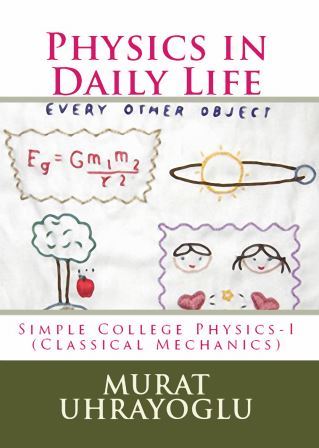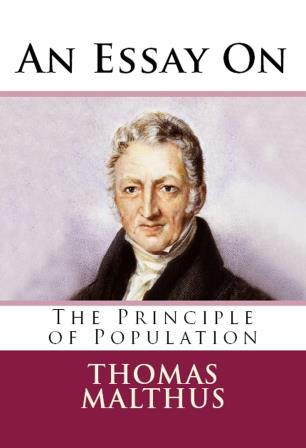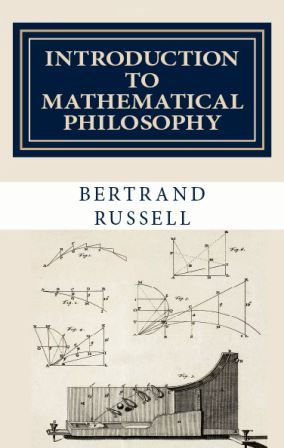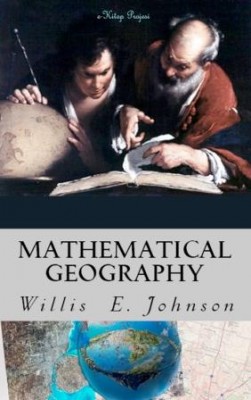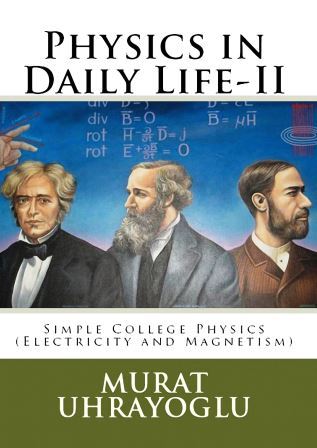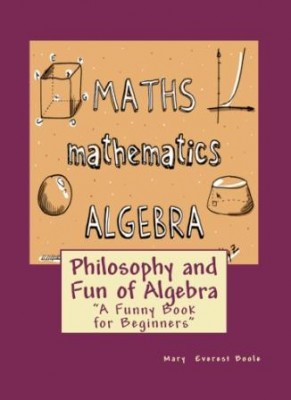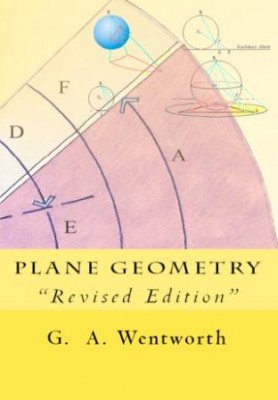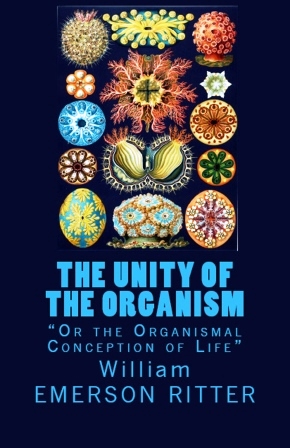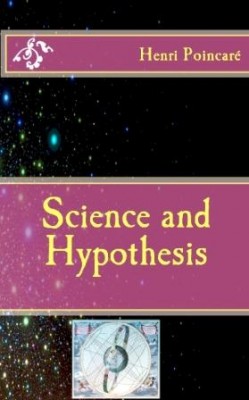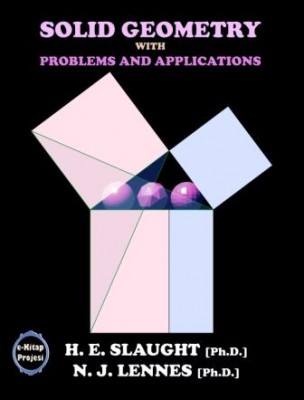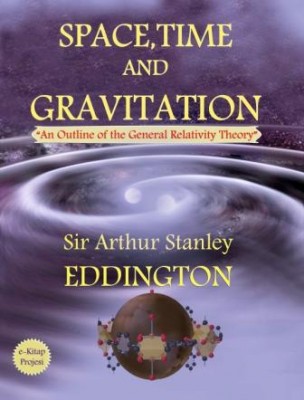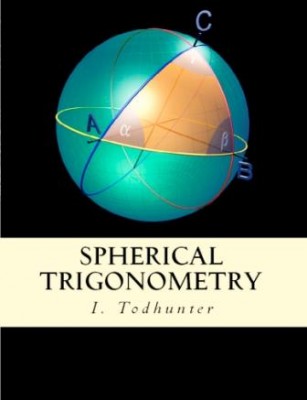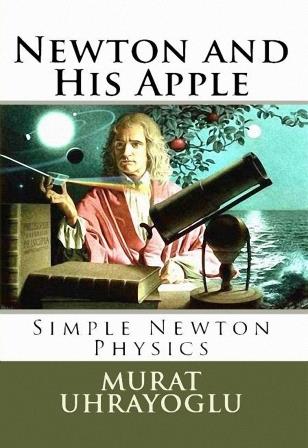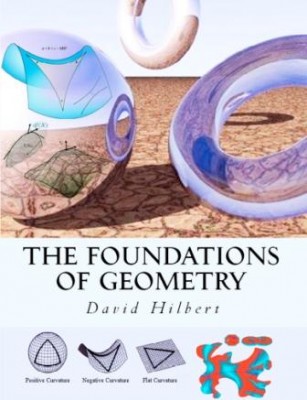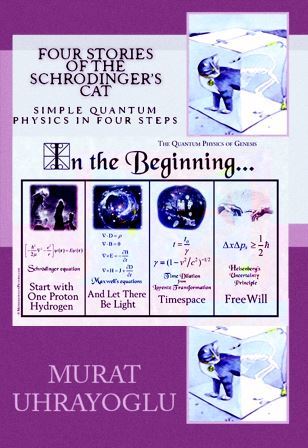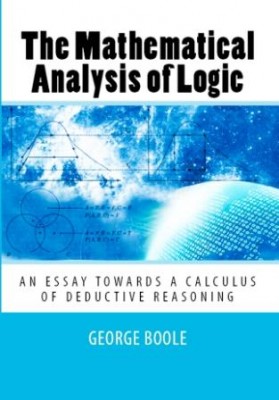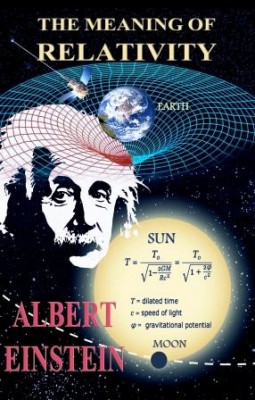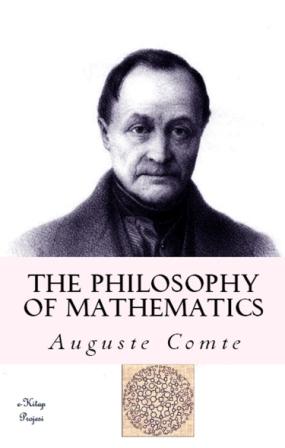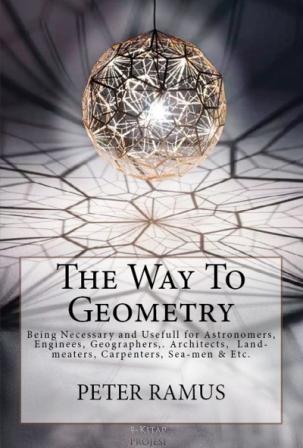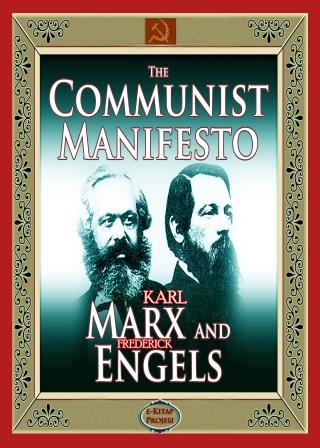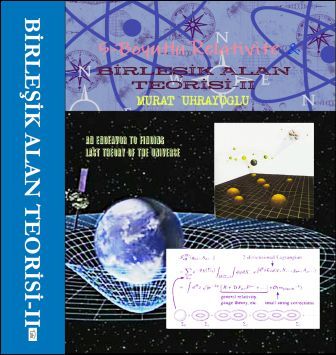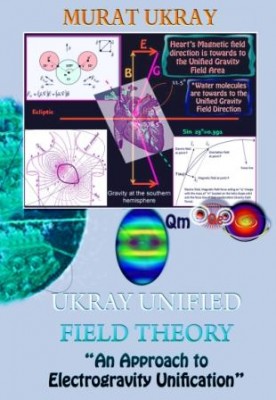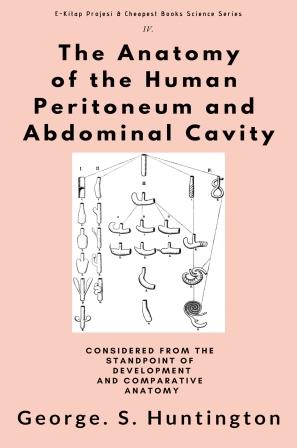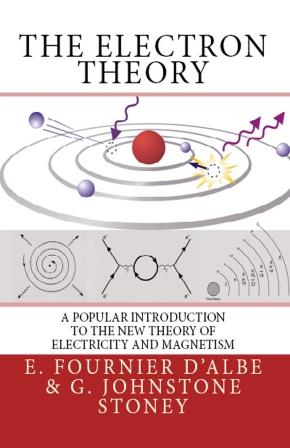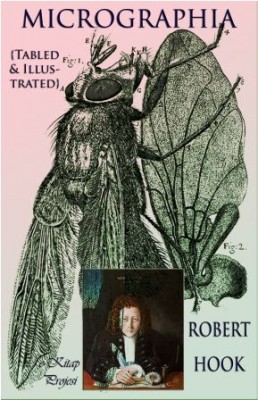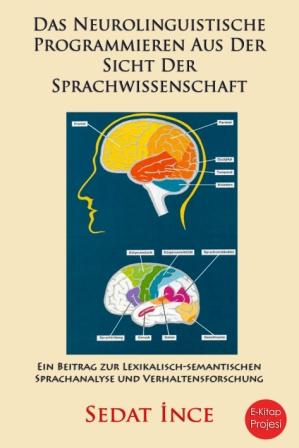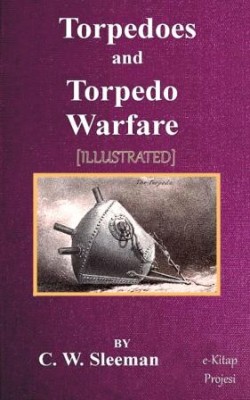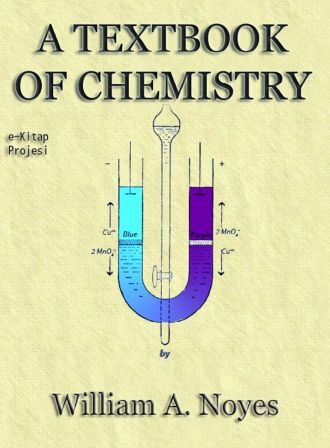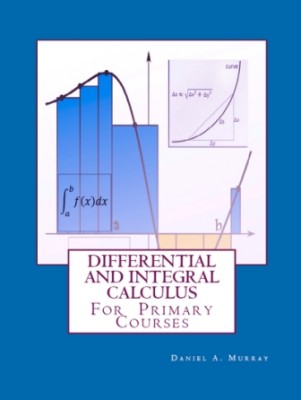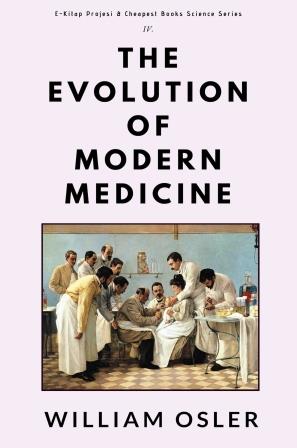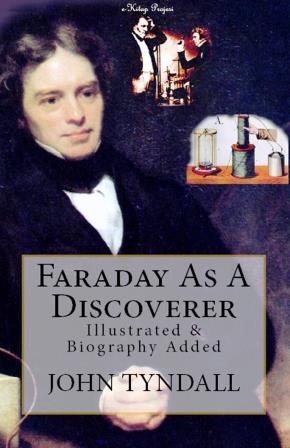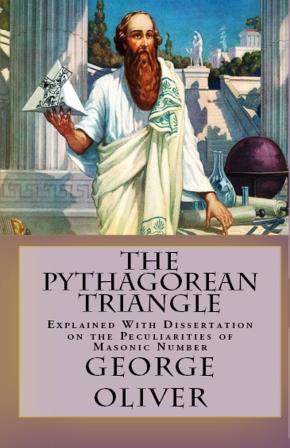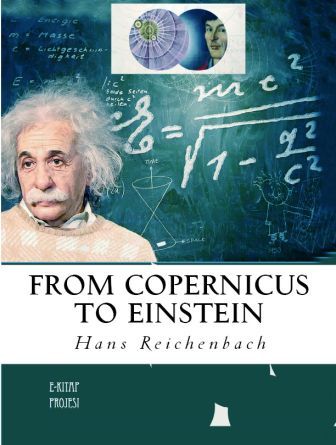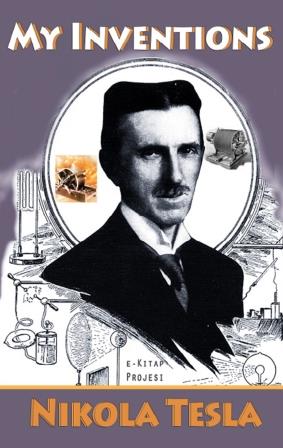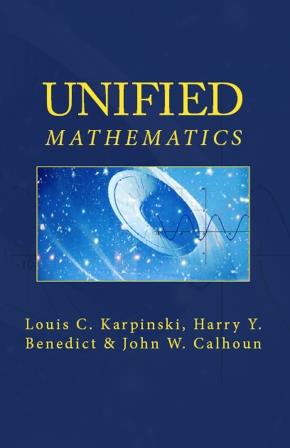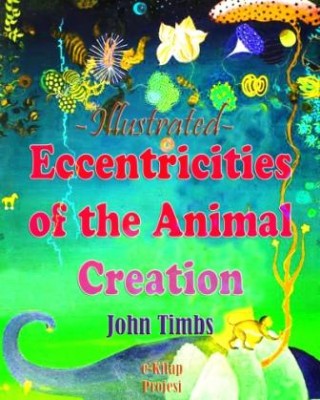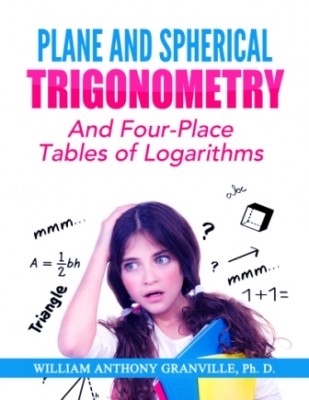In the Chapter on ‘Propositions of Existence’ I have adopted a new ‘normal form,’ in which the Class, whose existence is affirmed or denied, is regarded as the Predicate, instead of the Subject, of the Proposition, thus evading a very subtle difficulty which besets the other form. These subtle difficulties seem to lie at the root of every Tree of Knowledge, and they are far more hopeless to grapple with than any that occur in its higher branches. For example, the difficulties of the Forty-Seventh Proposition of Euclid are mere child’s play compared with the mental torture endured in the effort to think out the essential nature of a straight Line. And, in the present work, the difficulties of the “5 Liars”” compared with the bewildering question “What is a Thing?”
In the Chapter on ‘Propositions of Relation’ I have inserted a new Section, containing the proof that a Proposition, beginning with “All,” is a Double Proposition (a fact that is quite independent of the arbitrary rule, laid down in the next Section, that such a Proposition is to be understood as implying the actual existence of its Subject). This proof was given, in the earlier editions, incidentally, in the course of the discussion of the Biliteral Diagram: but its proper place, in this treatise, is where I have now introduced it.
In the Sorites-Examples, I have made a good many verbal alterations, in order to evade a difficulty, which I fear will have perplexed some of the Readers of the first three Editions. Some of the Premisses were so worded that their Terms were not Specieses of the Univ. named in the Dictionary, but of a larger Class, of which the Univ. was only a portion. In all such cases, it was intended that the Reader should perceive that what was asserted of the larger Class was thereby asserted of the Univ., and should ignore, as superfluous, all that it asserted of its other portion. Thus, in Ex. 15, the Univ. was stated to be “ducks in this village,” and the third Premiss was “Mrs. Bond has no gray ducks,” i.e. “No gray ducks are ducks belonging to Mrs. Bond.” Here the Terms are not Specieses of the Univ., but of the larger Class “ducks,” of which the Univ. is only a portion: and it was intended that the Reader should perceive that what is here asserted of “ ducks” is thereby asserted of “ ducks in this village.” and should treat this Premiss as if it were “Mrs. Bond has no gray ducks in this village,” and should ignore, as superfluous, what it asserts as to the other portion of the Class “ducks,” viz. “ Mrs. Bond has no gray ducks out of this village”.
In the Appendix I have given a new version of the Problem of the “Five Liars.” My object, in doing so, is to escape the subtle and mysterious difficulties which beset all attempts at regarding a Proposition as being its own Subject, or a Set of Propositions as being Subjects for one another. It is certainly, a most bewildering and unsatisfactory theory: one cannot help feeling that there is a great lack of substance in all this shadowy host——that, as the procession of phantoms glides before us, there is not one that we can pounce upon, and say “Here is a Proposition that must be either true or false!”——that it is but a Barmecide Feast, to which we have been bidden——and that its prototype is to be found in that mythical island, whose inhabitants “earned a precarious living by taking in each others’ washing”! By simply translating “telling 2 Truths” into “taking both of 2 condiments (salt and mustard),” “telling 2 Lies” into “taking neither of them” and “telling a Truth and a Lie (order not specified)” into “taking only one condiment (it is not specified),” I have escaped all those metaphysical puzzles, and have produced a Problem which, when translated into a Set of symbolized Premisses, furnishes the very same Data as were furnished by the Problem of the “Five Liars.”
The coined words, introduced in previous editions, such as “Eliminands” and “Retinends”, perhaps hardly need any apology: they were indispensable to my system: but the new plural, here used for the first time, viz. “Soriteses”, will, I fear, be condemned as “bad English”, unless I say a word in its defence. We have three singular nouns, in English, of plural form, “series”, “species”, and “Sorites”: in all three, the awkwardness, of using the same word for both singular and plural, must often have been felt: this has been remedied, in the case of “series” by coining the plural “serieses”, which has already found it way into the dictionaries..
